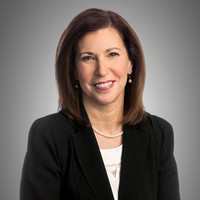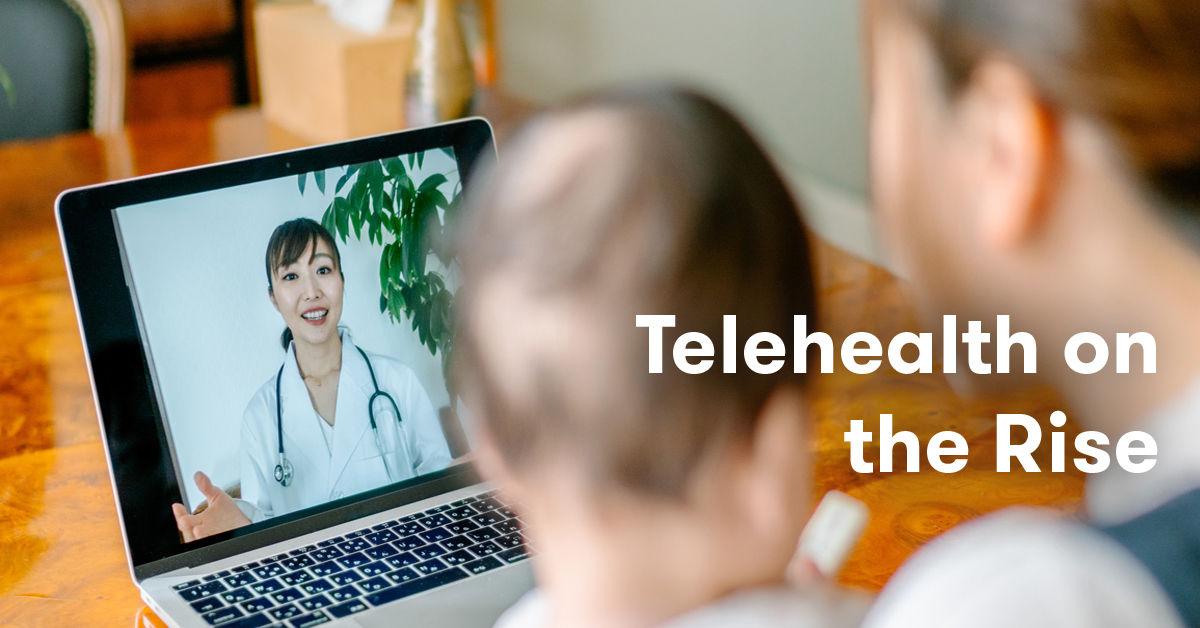COVID-19 has provided us with many important lessons, but among the most significant for Sutter Health is how valuable expanded telehealth has been in reaching traditionally underserved communities in new and meaningful ways.
Sutter serves one of the most demographically and geographically diverse regions in the nation. Through our not-for-profit mission, we work to ensure every patient gets the care they need, when and where they need it, regardless of their circumstances or ability to pay. We are committed to finding innovative ways to provide all of our patients with high-quality, accessible, and affordable healthcare.
Like most U.S. health systems, the policy changes enacted to expand telehealth options to address COVID-19 made it possible for us to significantly expand our telehealth services. In our case, video visits increased by 32,000% – yes thousand – with patient satisfaction ratings right on par with in-person visits. As incredible as they are, what these numbers don’t tell you is how impactful these policy changes have been for vulnerable populations who otherwise may struggle to access the treatment they need.
Without a doubt, removing restrictive payment provisions and opening the modes of virtual care have improved access to healthcare and reduced barriers to entry. The Centers for Medicare and Medicaid Services (CMS) reports that from mid-March through April, as the COVID-19 pandemic took hold, the number of video visit appointments among Medicare fee-for-service beneficiaries jumped from less than 15,000 to 1.7 million. Additionally, patients who would normally struggle to access in-person care because of, for example, a 90-minute drive to a clinic or hospital, are now receiving convenient care that might otherwise have taken weeks to schedule.
We serve more of the poor than any provider in our footprint, which creates opportunities for us to partner with Federally Qualified Health Centers (FQHCs) to help patients get the care they need in the location that works best for them. One of our FQHC partners, WellSpace Health, cares for thousands of patients in some of Northern California’s most underserved communities. When WellSpace shifted their appointments online to address COVID-19, their no-show rate dropped dramatically, from 40% to 10%. Today, nearly five months later, telehealth visits make up 40% of WellSpace’s medical, dental, and behavioral health care appointments for patients. We know that these communities have long needed more support in not just access to health care but the kind of care that can keep them healthy. We are seeing immediate results in this respect, delivering “wellness” and keeping these communities healthier.
Another partner of ours, Chapa-De Indian Health, a rural community clinic that cares for American Indian and Alaska Native people, as well as low-income individuals and families, found that regulatory flexibility allowed their staff to conduct more proactive, virtual outreach to their patients with chronic conditions. By calling their patients directly, clinicians at Chapa-De can now more quickly assess obstacles to healthcare, like food or housing insecurity. As a result, they have reported dramatic improvements in behavioral health outcomes made possible through new telehealth options. We believe this attention to wellness and quality of life will, over time, drive down health care spending by keeping people healthier.
Sutter’s health clinics in Northern California’s rural Lake County – one of the poorest communities in California, where more than 20% of the population is over 65 years old – spearheaded a “telehealth champion” effort where patient service representatives reach out to patients the day before their appointment to ensure they’re connected and familiar with the telehealth format. This front-end work is helping shorten the learning curve for patients and improving no-show rates.
When we emerge from the COVID-19 crisis, we cannot be content to return to the healthcare system of old. We owe it to our patients to advocate for permanent regulatory flexibility that has enabled providers to deliver 21st Century care to the communities we serve. And the data is on our side, demonstrating that lifting restrictions on telehealth payments in the Medicare program results in cost-savings.
We share the concerns of policymakers that no one be left behind by these advancements, which is why we believe telephonic visits must remain an element of telehealth going forward. When 96% of Americans have cell phone access and 81% of Americans have a smartphone, according to 2019 Pew Research, concerns about the digital divide can be addressed with the right policy solution.
We support the work of legislators in Washington and Sacramento on both sides of the aisle who are working to make permanent the waivers and flexibility that have enabled this transformation. And we can accomplish this in a way that expands equitable access to care and prevents the reintroduction of barriers for traditionally underserved populations.
Originally published on the American Telemedicine Association blog.


